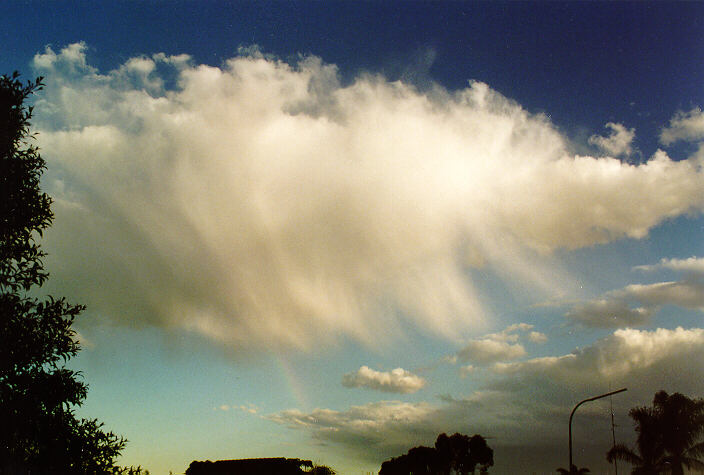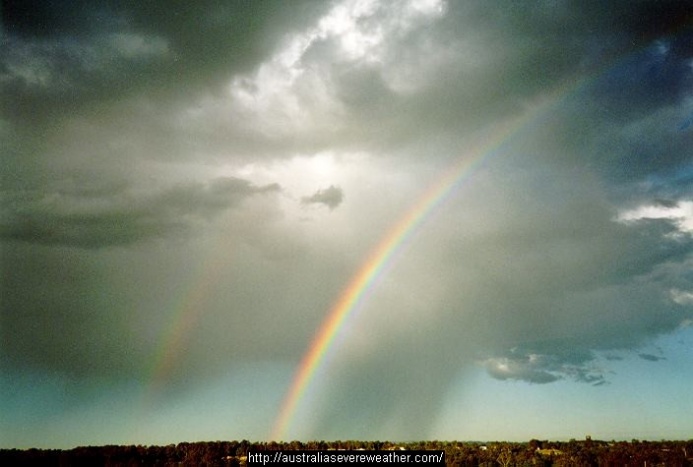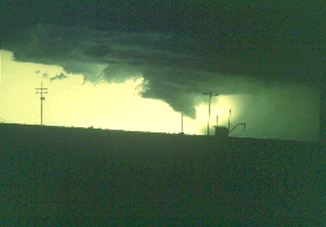
 |
|
#2
|
||||
|
||||
|
WHAT TO LOOK FOR?
Check and carefully evaluate your local weather and weather hazard forecast before kiteboarding, ALWAYS. Such as: http://nws.noaa.gov/ (USA) http://www.weatheroffice.com (Canada) along with other various services in other countries. Learn what is available in your area and USE IT. Some other ideas on weather planning can found at: http://fksa.org/viewtopic.php?t=130 "Some of the clues but not necessarily all visual indications that a microburst may be forming are: * Patches of virga mark potential microburst areas. As the precipitation evaporates, it cools the air and starts a downdraft. If the conditions are right, the downdraft may accelerate and reach the ground as a microburst. Localized areas or rings of blowing dust raised from the ground usually mark the impact point of dry microburst."   From: http://australiasevereweather.com/ Examples of virga, there are still other variations. Virga falling precipitation that evaporates before reaching the ground. "* A small, intense, globular rain area, with an area of lighter rain in its wake, may mark a wet microburst. A rain foot, a marked outward distortion of the edge of the precipitation area, is usually a visual indicator of a possible wet microburst. As the microburst reaches the ground and moves away from its impact point, a plume of dust may be raised from the ground. This plume is called a dust foot and also marks a possible microburst." From: http://spotterguides.us/advanced/advanced06.htm  An example of a rain foot. From: http://ww2010.atmos.uiuc.edu/  An example of a shelf cloud which can be accompanied by violent winds, tornados and microbursts. This photo was taken near the area of the snowkiteboarder fatality in Alberta, Canada on the same day. From: http://www.umanitoba.ca/faculties/en...torm/main.html It is best to avoid kiteboarding when warnings of violent weather or downbursts have been made. The wet variety are not that uncommon with tropical weather systems, in feeder bands and other storm components. That is to say, THE HAZARD IN HURRICANES AND RELATED WEATHER IS HIGH! Feeder bands from hurricanes can be hundreds of mile long and can be filled with violent squalls. So even if the hurricane is a long distance from you a feeder band might be sweeping over your area. Work to avoid downbursts. Reacting after they visually appear in your area is a fairly dangerous proposition.
__________________
FKA, Inc. transcribed by: Rick Iossi |
|
|